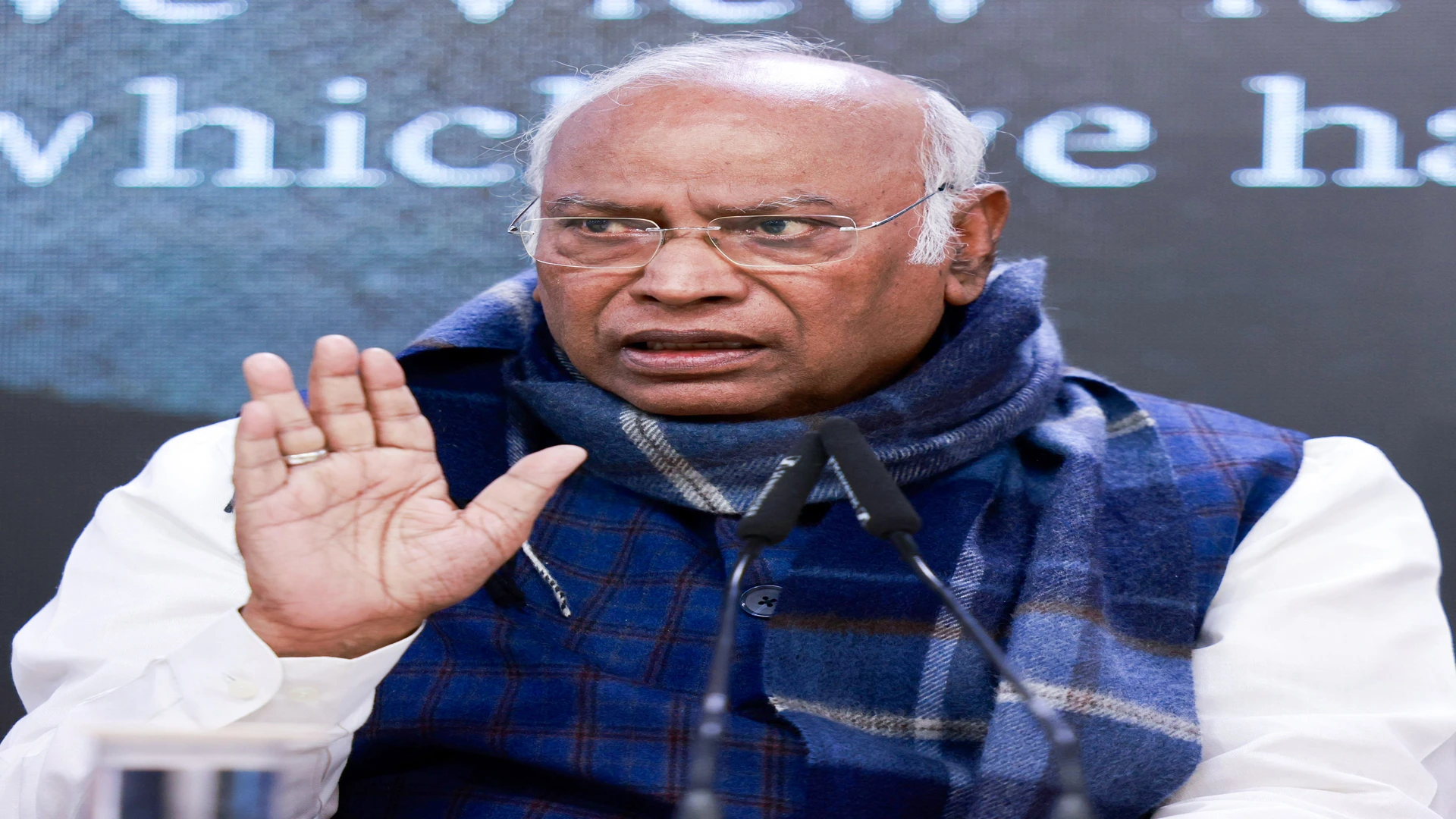April 26th is celebrated as World Intellectual Property (IP) Day every year since 2000, when the member states of the World Intellectual Property Organisation (WIPO) decided to celebrate this day in recognition of coming into force of the WIPO Convention on this date in the year 1970. India joined WIPO in the year 1975. In its statement at WIPO’s general Assembly, India reiterated its commitment to a strong IP regime. To quote from the statement given on 21st Sept, 2020, “India has taken significant steps towards promotion of innovation and creation of a dynamic, vibrant and balanced intellectual property system with particular focus on encouraging startups. We have also been actively involved in global effort to produce an effective and safe vaccine against Covid-19 as part of our contribution to this important global public good.”


Every year to celebrate this day, a special theme having interface with IPR is chosen. A review of these themes over the last 21 years makes it an interesting compilation of areas in IPR requiring attention of the world.
2001 – Creating the Future Today
2002 – Encouraging Creativity
2003 – Making IP your Business
2004 – The Importance of IP for Economic, Social and Cultural Development
2005 – Think, imagine, create
2006 – IP – It Starts with an Idea
2007 – The Link between IP and Creativity
2008 – Celebrating Innovation and Respecting IP
2009 – Promoting Green Innovation as the key to a Secure Future
2010 – Innovation – Linking the World
2011 – Designing the Future
2012 – Visionary Innovators
2013 – Creativity – The Next Generation
2014 – Movies – A Global Passion
2015 – Get up, stand up. For music
2016 – Digital Creativity: Culture Reimagined
2017 – Innovation- Improving Lives
2018 – Powering change: Women in innovation and creativity
2019 – Reach for Gold: IP and Sports
2020 – Innovate for a Green Future
An analysis of these themes highlights the need to focus on creativity and innovation for future of humanity. One of the striking themes have been for the year 2018 which focused upon ‘women in innovation and creativity’. Theme for the World IP Day 2021 is ‘IP&SME – Taking your ideas to market’. Focus on Small and Medium Enterprises (SMEs) is very important, especially for countries like India which has a large population requiring employment and livelihood. Leveraging IPR can provide these SMEs with a wherewithal to build resilient businesses and become more competitive. A suitable IPR may help the SME to protect their innovation in technology or otherwise (patents), build their brand (trademarks), secure their designs and creative works (copyright and design laws). Not only this, local producers may also get geographical indications (GI) and agricultural producers may benefit from plant variety protection. Cultural and Traditional Knowledge of indigenous SMEs may also be protected and prospered.
SMEs in India: The small scale sector has played a very important role in the socio-economic development of India. The Small Scale Industries plays a vital role in meeting the constitutional goal, as it aims at removing regional disparities, facilitate the equitable distribution of national income and wealth, and earn return on investment in shorter period (Naik SD, 2002). In India the concept of MSME has originated from the concept of Small Sector Industries (SSI) in India. The conceptual and legal framework for small scale and ancillary industrial undertakings is derived from the Industries (Development and Regulation) Act, 1951 (IDRA). In 2007, Ministry of Agro and Rural Industries (Krishi Evam Gramin Udyog Mantralaya) and Ministry of Small Scale Industries (Laghu Udyog Mantralaya) have been merged into a single Ministry, namely, “Ministry Of Micro, Small and Medium Enterprises (Sukshma Laghu Aur Madhyam Udyam Mantralaya).
The Micro, Small and Medium Enterprises Development (MSMED) Act, 2006 seeks to facilitate the development of MSMEs as also enhance their competitiveness. MSME in India are classified in two Classes: (a) Manufacturing Enterprises- The enterprises engaged in the manufacture or production of goods and (b) Service Enterprises: The enterprises engaged in providing or rendering of services. MSME is classified as per their investment thresholds, which used to be different for manufacturing sector (on the basis of investment in plant and machinery) and Services sector (on the basis of investment in equipment). Now, it is only on the basis of investment and annual turnover. The distinction between manufacturing and services enterprises have been done away with.
• A micro enterprise is defined as a unit where the annual turnover does not exceed five crore rupees;
• A small enterprise will be defined as a unit where the annual turnover is more than five crore rupees but does not exceed Rs 75 crore;
• A medium enterprise will be defined as a unit where the annual turnover is more than seventy five crore rupees but does not exceed Rs 250 crore.
STARTUPS – Government of India (GOI) launched the Startup India initiative in January 2016 which was intended to provide an impetus to the entrepreneurship culture in India. Intention is to promote a startup culture and allow younger population to take risk with their ideas and become ‘job-creators’ rather than slog as ‘job seekers’. India’s demographic dividend required a suitable channelization of human resource. The Startup Action Plan of 2016 (SAP) addressed three key areas for empowering potential startups, i.e. (i) handholding and simplification (ii) funding support, incentives and (iii) incubation and industry-academia partnership (VK Singh, ADBI – WP 1146, 2020).
Startups and IPR: Among other benefits, Startup action plan provided with legal support and IPR facilitation benefits by fast-tracking of startup patent applications so that they can realise the value of their IPRs at the earliest, provided panel of facilitators to assist in filing of IP applications and legal support and fast-tracking patent examination free of charges. The startups have to only bear the cost of statutory fees payable. As a result of these initiatives, it is reported (Evolution of Startup India – Capturing the 5 year Story) that as of November 2020, 5,020 Patent applications have been filed, 1,170 patent applications filed for expedited examination by Startups; of these 884 applications have been examined and 459 Patents have been granted, 12,264 Trademark applications have been filed. 510 patents and designs facilitators and 392 trademark facilitators are empaneled under the scheme.
Achieving SDGs through IPR: Francis Gurry director of WIPO had rightly said that “Intellectual property as a policy exists to create an enabling environment for – and to stimulate investment in – innovation; to create a framework in which new technologies can be traded around the world and shared. The economic imperative at the heart of innovation is fundamental to the process of societal transformation that the Sustainable Development Goals aim to achieve.” The 17 SDGs are aimed towards ending poverty, protect the planet and ensure that everyone lives in peace and prosperity. Promoting creativity and innovation is much required to have out-of-the box solutions for achieving the SDGs by 2030.
SDG 9 deals with building resilient infrastructure, promoting sustainable industrialization and fostering innovation. One of the indicators of this SDG 9 has a goal to “Increase the access of small-scale industrial and other enterprises, in particular in developing countries, to value chains and markets.” Innovation is further essential also to achieve SDGs 2 (zero hunger), 3 (good health and wellbeing), 5 (gender equality), 7 (affordable and clean energy), 8 (decent work and economic growth), 11 (sustainable cities and communities) and 13 (climate action). Each of these SDG goals opens up several opportunities for the SMEs to innovate at the local level. COVID-19 has shown us the importance of producing locally, be it the sanitizers, the masks, the vaccines and the recent one being the ‘oxygen’.
Creating an IP ecosystem with rule of law is very important. In India, while we have all laws for protecting IPR, and our Global Innovation Index has also progressed, still enforcement of IPR has always been a concern. It is about building a culture of compliance to IP Laws. We will not be able to help our own SMEs with IP protection, unless we have a strategy which encourages and facilitates creation, development, management and protection of IPR. National IPR Policy 2016 gives the clarion call of “Creative India; Innovative India” (Rachnatmak Bharat, Abhinav Bharat).
One of its 7 objectives focuses upon the commercialization of IPR which essentially pushes us towards getting the financial value of IPRs created. This is specifically important for the SMEs. “There is a need to create a public platform to connect creators and innovators to potential users, buyers and funding institutions”. Startup India and Make in India schemes of the government are somewhat trying to move in this direction. IPR policy recognizes the need for creating materials for MSMEs highlighting special support mechanisms for them to develop and protect IP, and also providing financial support to the less empowered groups of IP owners or creators like farmers, weavers, artisans, craftsmen, artists etc. through financial institutions like rural banks or cooperative banks offering IP friendly loans.
MSMEs are being supported through reduction in fees for filing of IPRs. These reduction range from 50-60% for trademark and design filing. A new Scheme enables MSMEs for a financial assistance for filing applications for IPR protection amounting to up to Rs 1 lakh for patents (domestic), up to Rs 5 lakh for patents (international), up to Rs 10,000 for trademark and up to Rs 2 lakh for GI registration (PIB, 16th September 2019).
Protecting Competition: One of the challenges for the SMEs could be aggressive competitors who do not want to play fair and utilize IP litigation for the purposes of threatening small players with consequences. This is referred to as ‘Sham litigation’ or ‘Bad-faith litigation’. A Case in point could be the JCB Case (Case 105 of 2013), wherein CCI in its prima facie order directing investigation by DG was of the opinion that JCB may have abused its dominant position by filing a bad-faith litigation before Delhi High Court alleging infringement of its Design rights. The matter involved the product “Bull Smart” (low cost backhoe loaders, a light construction equipment) to be launched by Bull Machines Pvt. Ltd. which JCB alleged to be a breach of their design rights before the High Court.
It is interesting to note that this was the first ever case in which ‘dawn raid’ was conducted by the Director General (DG) of Competition Commission of India, however, Delhi High Court stayed investigation in this matter. CCI approached Supreme Court and it was only in 2019 that Supreme Court allowed the usage of evidence gathered during the ‘dawn raid’. Long duration taken for deciding such matters also dampens the spirit of law to protect and promote competition. Irrespective of the outcomes, a swift decision on jurisprudential issues would go a long way in helping meet the objectives of the legislation, especially when the matter in question is about ‘bad-faith’ litigation. The final outcome of this case is still awaited. This case illustrates the need for adequate protection of SMEs from bad-faith litigation.
Women in SMEs and IPR – It is disheartening to know that there is only 13% women running small businesses. While low financial inclusion of women entrepreneur is dubbed to be the main reason for this problem, there are several other social factors which contributes to this problem. Demonstrating creativity and innovation by women in SMEs may help bridge this gap. As owners of IPR, women innovators may shine as small entrepreneurs to begin with. A study by WIPO shows that India ranks 7th in percentage of women who are active as inventors in different countries, however still this number doesn’t match with the percentage of women running small businesses. Patent Rules provide for an expedited examination of international patent application if the applicant or one of the applicant is a female (natural person category).
IPR Rankings – India has witnessed a substantial jump of 33 places in Global Innovation Index rankings since 2015. India ranks 48th among the 131 economies featured in the GII 2020 released by WIPO along with Cornell University and INSEAD Business School. However, in a report (International Intellectual Property Index) released by US Chamber of Commerce Global Innovation Policy Center (GIPC), India ranks 40th out of 53 global economies. Amidst the rising pressure on invoking compulsory licensing provisions in relation to the COVID vaccines, India continues to remain on the US ‘Priority Watch List’ for alleged violations of IPR, be it patent, copyright or trade secrets. This is indeed a ‘catch 22’ situation for the Government which has to balance the rights of the IP owners and the socialistic objectives of the constitution. Supreme Court has recently remarked that Central Government cannot leave it to the market forces. This is a debate in which the common man of India has to engage and weigh the options, for which awareness about IP rights is essential.
Awareness is still lacking: The 2012 National Study on Intellectual Property and Small and Medium Sized Enterprises – India, under the WIPO Development Agenda highlighted “Contrary to the common belief that awareness about IPR among MSMEs is completely missing, some MSMEs appear to be aware of IPRs and comprehend the need for protecting IPR. The awareness seems to be more about trademark and designs as compared to patents. However, the number of MSME engaged in IPR activities is still very small considering the large size of the MSME sector in India”. In the last 10 years things have changed a lot, however, still IPR is yet to get its due focus. IPR as a mode of investment and its treatment at par with the tangible assets like land, machinery, equipment is yet to happen in India. IPR and its commercialization has to become the mantra of success for the SMEs.
When India has resolved to be Aatmanirbhar, it would be crucial for the SMEs to bring their ideas to the market. ‘Vocal for local’ would not be successful unless the local producers realize the potential of getting IP rights legally so that the fruits of their innovation are not lost in transition. While discussing startups, one should not forget the rural artisans who have been self-entrepreneurs like potters, blacksmiths, weavers, cobblers, stone workers, carpenters, engravers etc. However, they have been generally left out from policy making, because of being clubbed with non-farm workers (Solanki 2018). Schemes like ‘One District One Product’ (ODOP) may become more successful when the indigenous and specialized products get their GI protection, whether it is ‘Nagpur Orange’ of Maharashtra or ‘Kutchi shawl’ of Gujarat, Odisha’s Rasgulla or Mizo Chilli of Mizoram.
Dr. Vijay Kumar Singh is Dean, School of Law at UPES Dehradun. Views are personal.







